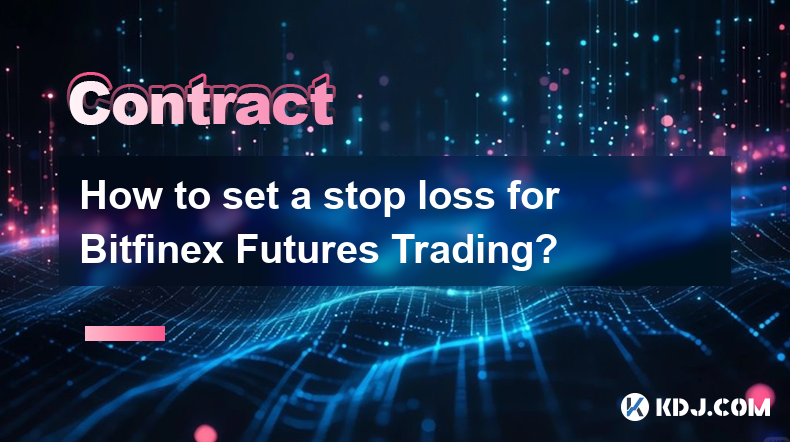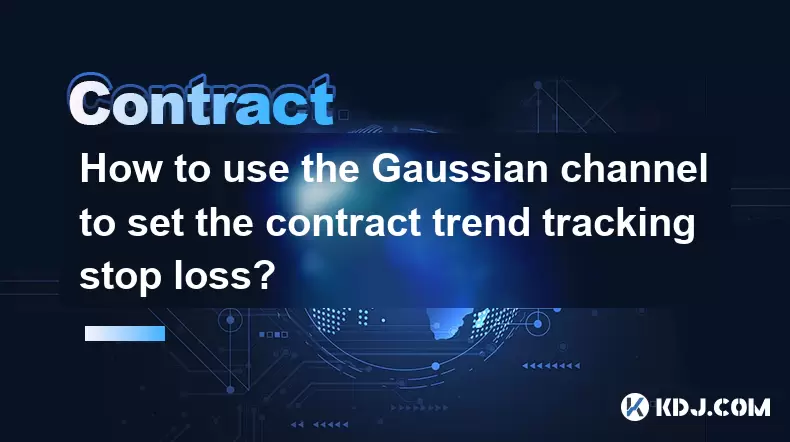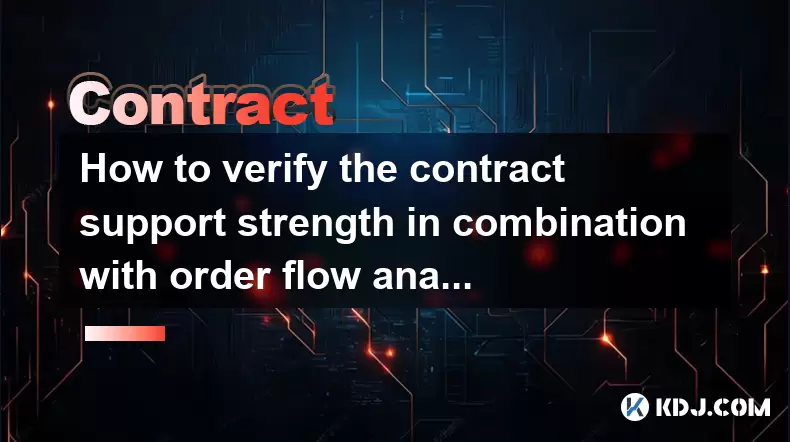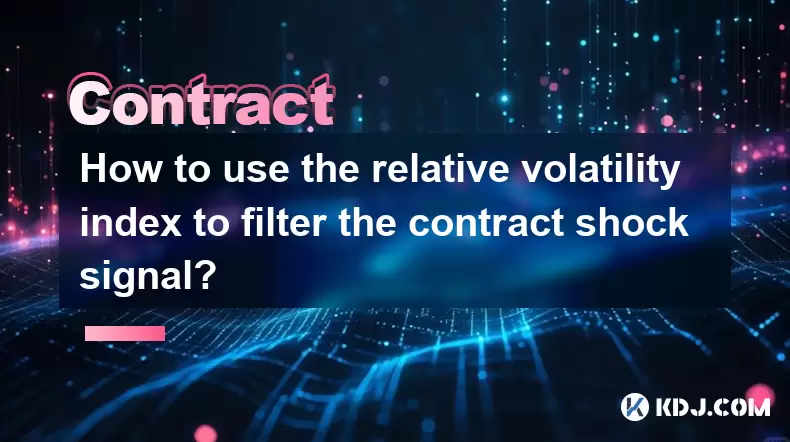-
 Bitcoin
Bitcoin $106,754.6083
1.33% -
 Ethereum
Ethereum $2,625.8249
3.80% -
 Tether USDt
Tether USDt $1.0001
-0.03% -
 XRP
XRP $2.1891
1.67% -
 BNB
BNB $654.5220
0.66% -
 Solana
Solana $156.9428
7.28% -
 USDC
USDC $0.9998
0.00% -
 Dogecoin
Dogecoin $0.1780
1.14% -
 TRON
TRON $0.2706
-0.16% -
 Cardano
Cardano $0.6470
2.77% -
 Hyperliquid
Hyperliquid $44.6467
10.24% -
 Sui
Sui $3.1128
3.86% -
 Bitcoin Cash
Bitcoin Cash $455.7646
3.00% -
 Chainlink
Chainlink $13.6858
4.08% -
 UNUS SED LEO
UNUS SED LEO $9.2682
0.21% -
 Avalanche
Avalanche $19.7433
3.79% -
 Stellar
Stellar $0.2616
1.64% -
 Toncoin
Toncoin $3.0222
2.19% -
 Shiba Inu
Shiba Inu $0.0...01220
1.49% -
 Hedera
Hedera $0.1580
2.75% -
 Litecoin
Litecoin $87.4964
2.29% -
 Polkadot
Polkadot $3.8958
3.05% -
 Ethena USDe
Ethena USDe $1.0000
-0.04% -
 Monero
Monero $317.2263
0.26% -
 Bitget Token
Bitget Token $4.5985
1.68% -
 Dai
Dai $0.9999
0.00% -
 Pepe
Pepe $0.0...01140
2.44% -
 Uniswap
Uniswap $7.6065
5.29% -
 Pi
Pi $0.6042
-2.00% -
 Aave
Aave $289.6343
6.02%
How to set a stop loss for Bitfinex Futures Trading?
Setting a stop loss on Bitfinex Futures helps manage risk by automatically selling contracts at a set price, protecting investments in volatile markets.
Apr 03, 2025 at 12:35 pm

Setting a stop loss for Bitfinex Futures Trading is an essential risk management strategy that can help traders limit potential losses. A stop loss order is an instruction to sell a futures contract when it reaches a certain price, helping you to manage your exposure in volatile markets. To set a stop loss on Bitfinex, you need to navigate through the platform's trading interface, access your futures position, and input the desired stop loss price. This article will guide you through the process step-by-step, ensuring you can protect your investments effectively.
Understanding Stop Loss Orders
A stop loss order is a crucial tool for traders, especially in the highly volatile cryptocurrency markets. It automatically triggers a sell order when the price of the futures contract hits a predetermined level. This helps to cap losses if the market moves against your position. On Bitfinex, stop loss orders can be set to trigger at a specific price, ensuring that you do not have to monitor the market constantly. By using stop loss orders, you can manage your risk more effectively and protect your capital from significant downturns.
Accessing Bitfinex Futures Trading Interface
To begin setting a stop loss on Bitfinex, you first need to access the futures trading interface. Log into your Bitfinex account and navigate to the trading section. Once there, select the futures market you are trading in, such as Bitcoin or Ethereum futures. The interface will display various tabs and options, including order books, charts, and your open positions. To set a stop loss, you will need to access the order management section, where you can input and manage your trading orders.
Locating Your Open Futures Position
After accessing the futures trading interface, locate your open futures position. This can be found in the "Positions" or "Open Orders" tab, depending on the layout of the Bitfinex platform. Your open positions will list the details of your current futures contracts, including the entry price, current market price, and unrealized profit or loss. To set a stop loss, you will need to select the specific futures contract for which you want to set the stop loss. Make sure you have the correct position selected before proceeding.
Setting the Stop Loss Order
Once you have located your open futures position, you can set the stop loss order. Click on the position to open the order management options. Look for the "Stop Loss" or "SL" field, where you can input the price at which you want the stop loss to trigger. Enter the desired stop loss price and confirm the order. The platform will then place a stop loss order linked to your futures position. This order will remain active until it is triggered or canceled. Make sure to review the order details before confirming to ensure accuracy.
Adjusting and Managing Stop Loss Orders
After setting a stop loss order, you may need to adjust it based on market conditions or your trading strategy. To do this, return to the order management section and locate your stop loss order. You can modify the stop loss price by entering a new value and confirming the change. It is essential to monitor and adjust your stop loss orders regularly to ensure they align with your risk management goals. You can also cancel a stop loss order if you decide to close your position manually or if market conditions change significantly.
Best Practices for Using Stop Loss Orders
Using stop loss orders effectively requires understanding and implementing best practices. First, set your stop loss at a level that allows for normal market fluctuations but protects against significant losses. Consider using technical analysis to identify support and resistance levels that can inform your stop loss placement. Additionally, avoid setting stop losses too close to the entry price, as this can result in premature exits due to minor price movements. Finally, regularly review and adjust your stop loss orders to reflect changes in market conditions and your trading strategy.
Common Mistakes to Avoid
When setting stop loss orders on Bitfinex, it is important to avoid common mistakes that can undermine your risk management efforts. One common error is setting stop losses too tight, leading to unnecessary exits from profitable trades. Another mistake is neglecting to adjust stop losses as the market moves, which can leave you exposed to larger losses. Additionally, some traders forget to set stop losses altogether, leaving their positions vulnerable to significant downturns. Being aware of these pitfalls can help you use stop loss orders more effectively.
Benefits of Using Stop Loss Orders
Using stop loss orders on Bitfinex futures trading offers several benefits. First, they help automate risk management, allowing you to focus on other aspects of your trading strategy. Second, stop loss orders can protect your capital by capping potential losses, especially in volatile markets. Third, they provide peace of mind, knowing that your positions are protected even when you are not actively monitoring the market. Finally, stop loss orders can help you maintain discipline in your trading, ensuring that you stick to your risk management plan.
Technical Considerations for Stop Loss Orders
When setting stop loss orders on Bitfinex, it is important to consider technical aspects that can affect their execution. One key factor is slippage, which occurs when the market price moves past your stop loss level before the order can be filled. To mitigate this, you can use a stop limit order, which sets a limit price for the execution of the stop loss. Another consideration is market liquidity, as low liquidity can result in larger slippage and less favorable execution prices. Understanding these technical aspects can help you set more effective stop loss orders.
Monitoring and Reacting to Market Movements
Effective use of stop loss orders on Bitfinex requires active monitoring and reaction to market movements. Keep an eye on market trends, news, and events that can impact the price of your futures contracts. If you notice significant changes in market conditions, consider adjusting your stop loss orders accordingly. Additionally, be prepared to react quickly if your stop loss is triggered, as this may signal a need to reassess your trading strategy. By staying vigilant and proactive, you can better manage your risk and protect your investments.
Integrating Stop Loss Orders into Your Trading Strategy
Integrating stop loss orders into your overall trading strategy on Bitfinex can enhance your risk management and trading performance. Start by defining clear risk management goals and determining the appropriate stop loss levels for each trade. Use technical analysis and market indicators to inform your stop loss placement. Additionally, consider using trailing stop losses, which automatically adjust as the market price moves in your favor, allowing you to lock in profits while still protecting against downturns. By incorporating stop loss orders into your strategy, you can trade with greater confidence and control.
Common Questions and Answers
What is a stop loss order?
A stop loss order is an instruction to sell a futures contract when it reaches a specific price, helping to limit potential losses.How do I set a stop loss on Bitfinex?
To set a stop loss on Bitfinex, access the futures trading interface, locate your open position, and input the desired stop loss price in the order management section.Why should I use stop loss orders?
Stop loss orders help automate risk management, protect your capital, provide peace of mind, and maintain trading discipline.What are common mistakes to avoid when setting stop loss orders?
Common mistakes include setting stop losses too tight, neglecting to adjust them, and forgetting to set them altogether.How can I adjust my stop loss orders on Bitfinex?
To adjust a stop loss order, return to the order management section, locate the order, enter a new stop loss price, and confirm the change.What technical considerations should I keep in mind when setting stop loss orders?
Consider factors like slippage and market liquidity, and use stop limit orders to mitigate potential issues.How can I integrate stop loss orders into my trading strategy?
Define clear risk management goals, use technical analysis to inform stop loss placement, and consider using trailing stop losses to lock in profits while protecting against downturns.
Disclaimer:info@kdj.com
The information provided is not trading advice. kdj.com does not assume any responsibility for any investments made based on the information provided in this article. Cryptocurrencies are highly volatile and it is highly recommended that you invest with caution after thorough research!
If you believe that the content used on this website infringes your copyright, please contact us immediately (info@kdj.com) and we will delete it promptly.
- Cardano, Dogecoin, and the Altcoin Shift: What's Next?
- 2025-06-20 22:45:12
- Gold Coin, Rare, Horses: A Numismatic Roundup
- 2025-06-20 22:45:13
- Dogecoin, Shiba Inu, and the Meme Coin Mania: What's Next?
- 2025-06-20 22:25:12
- GateToken (GT) Price Prediction: Navigating 2025-2030 with a New Yorker's Sass
- 2025-06-20 23:05:13
- Pepe, Price Prediction, and Elon Musk: A NYC Take on the Frog Coin Frenzy
- 2025-06-20 23:05:13
- Core Scientific (CORZ): Needham's Price Target and the Bitcoin Mining Upside
- 2025-06-20 22:25:12
Related knowledge

How to use the price slope to filter the false breakthrough signal of the contract?
Jun 20,2025 at 06:56pm
Understanding the Concept of Price Slope in Contract TradingIn contract trading, especially within cryptocurrency derivatives markets, price slope refers to the rate at which the price changes over a specific time period. It helps traders assess the strength and sustainability of a trend. A steep slope may indicate strong momentum, while a shallow slope...

How to determine the expected volatility of the contract through the volatility cone?
Jun 19,2025 at 12:28pm
Understanding the Basics of Volatility in Cryptocurrency ContractsIn the realm of cryptocurrency trading, volatility is a key metric that traders use to assess potential risk and reward. When dealing with futures contracts, understanding how volatile an asset might become over time is crucial for position sizing, risk management, and strategy developmen...

How to use the volume swing indicator to predict the contract volume-price divergence?
Jun 18,2025 at 11:42pm
Understanding the Volume Swing IndicatorThe volume swing indicator is a technical analysis tool used primarily in cryptocurrency trading to evaluate changes in volume over time. Unlike price-based indicators, this metric focuses solely on trading volume, which can provide early signals about potential market reversals or continuations. The key idea behi...

How to use the Gaussian channel to set the contract trend tracking stop loss?
Jun 18,2025 at 09:21pm
Understanding the Gaussian Channel in Cryptocurrency TradingThe Gaussian channel is a technical indicator used primarily in financial markets, including cryptocurrency trading, to identify trends and potential reversal points. It is based on statistical principles derived from the normal distribution, commonly known as the Gaussian distribution or bell ...

How to verify the contract support strength in combination with order flow analysis?
Jun 20,2025 at 12:28pm
Understanding Contract Support Strength in CryptocurrencyIn the realm of cryptocurrency trading, contract support strength refers to the resilience of a price level where buying interest is expected to overcome selling pressure. This concept becomes even more nuanced when analyzed alongside order flow, which provides insights into the dynamics of buy an...

How to use the relative volatility index to filter the contract shock signal?
Jun 18,2025 at 08:56pm
Understanding the Relative Volatility Index (RVI)The Relative Volatility Index (RVI) is a technical indicator that helps traders assess the volatility of an asset in relation to its recent price movements. Unlike traditional indicators like Bollinger Bands or Average True Range, RVI focuses on the deviation of prices from their mean over a specific peri...

How to use the price slope to filter the false breakthrough signal of the contract?
Jun 20,2025 at 06:56pm
Understanding the Concept of Price Slope in Contract TradingIn contract trading, especially within cryptocurrency derivatives markets, price slope refers to the rate at which the price changes over a specific time period. It helps traders assess the strength and sustainability of a trend. A steep slope may indicate strong momentum, while a shallow slope...

How to determine the expected volatility of the contract through the volatility cone?
Jun 19,2025 at 12:28pm
Understanding the Basics of Volatility in Cryptocurrency ContractsIn the realm of cryptocurrency trading, volatility is a key metric that traders use to assess potential risk and reward. When dealing with futures contracts, understanding how volatile an asset might become over time is crucial for position sizing, risk management, and strategy developmen...

How to use the volume swing indicator to predict the contract volume-price divergence?
Jun 18,2025 at 11:42pm
Understanding the Volume Swing IndicatorThe volume swing indicator is a technical analysis tool used primarily in cryptocurrency trading to evaluate changes in volume over time. Unlike price-based indicators, this metric focuses solely on trading volume, which can provide early signals about potential market reversals or continuations. The key idea behi...

How to use the Gaussian channel to set the contract trend tracking stop loss?
Jun 18,2025 at 09:21pm
Understanding the Gaussian Channel in Cryptocurrency TradingThe Gaussian channel is a technical indicator used primarily in financial markets, including cryptocurrency trading, to identify trends and potential reversal points. It is based on statistical principles derived from the normal distribution, commonly known as the Gaussian distribution or bell ...

How to verify the contract support strength in combination with order flow analysis?
Jun 20,2025 at 12:28pm
Understanding Contract Support Strength in CryptocurrencyIn the realm of cryptocurrency trading, contract support strength refers to the resilience of a price level where buying interest is expected to overcome selling pressure. This concept becomes even more nuanced when analyzed alongside order flow, which provides insights into the dynamics of buy an...

How to use the relative volatility index to filter the contract shock signal?
Jun 18,2025 at 08:56pm
Understanding the Relative Volatility Index (RVI)The Relative Volatility Index (RVI) is a technical indicator that helps traders assess the volatility of an asset in relation to its recent price movements. Unlike traditional indicators like Bollinger Bands or Average True Range, RVI focuses on the deviation of prices from their mean over a specific peri...
See all articles

























































































